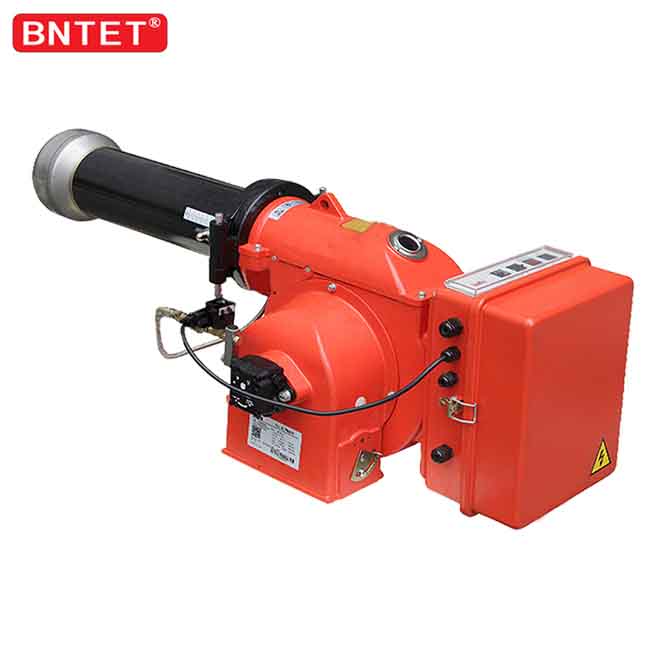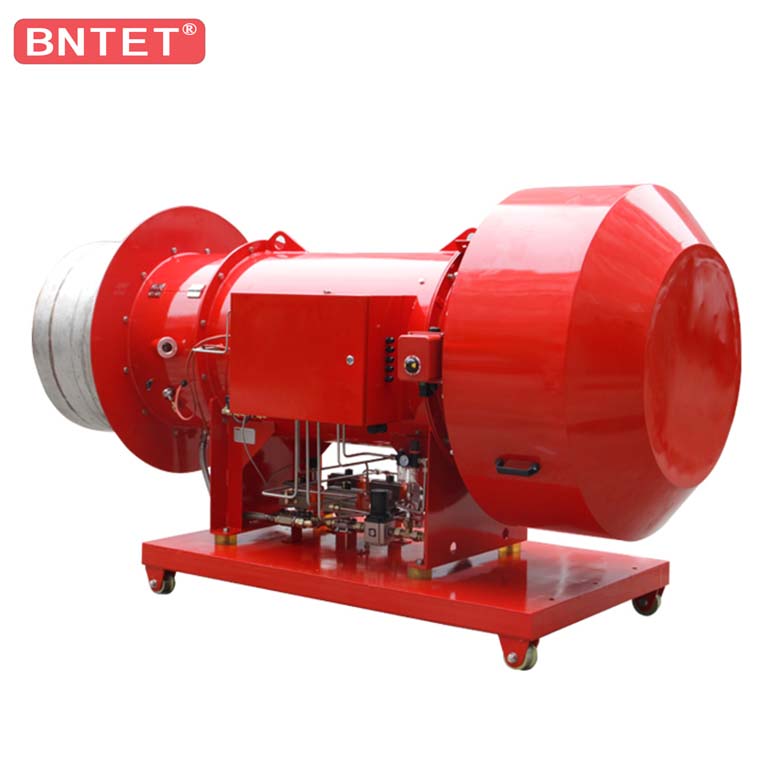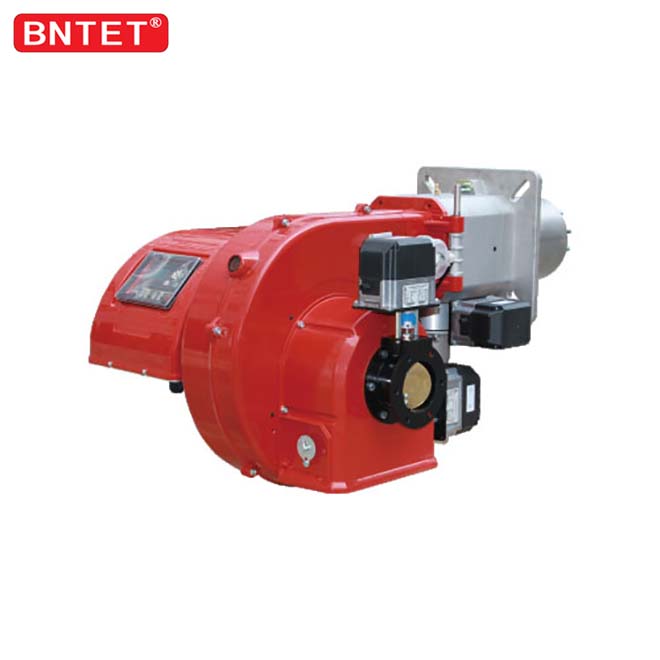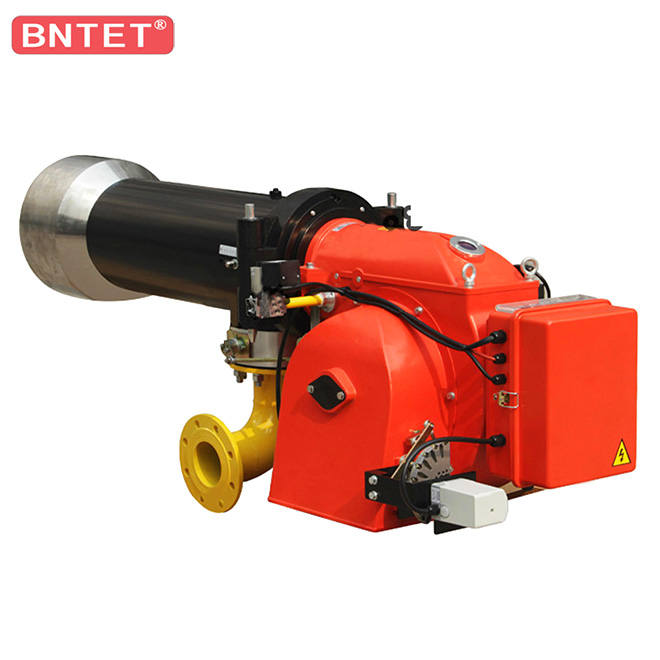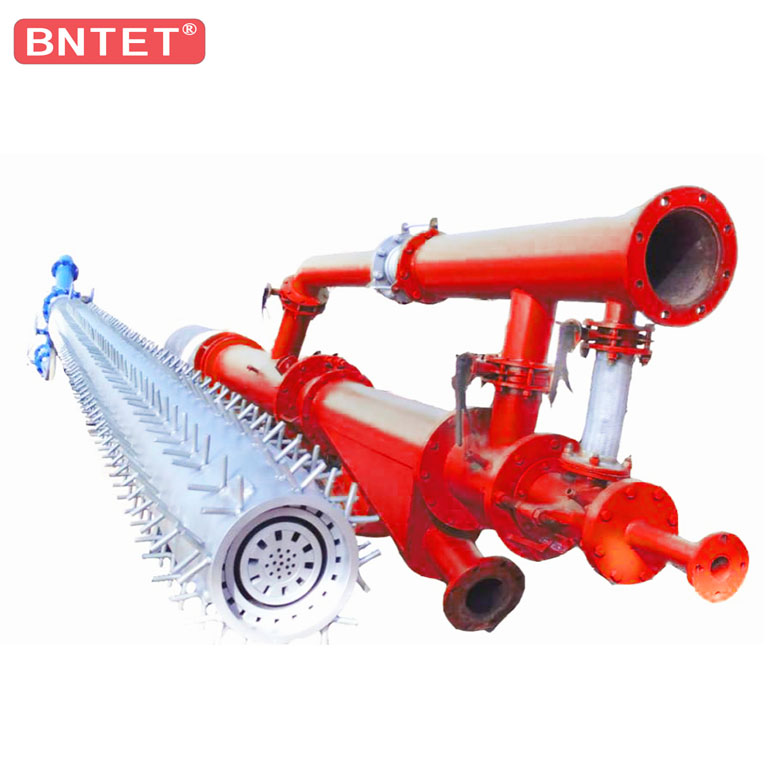During the operation of the rotary kiln, it should be continuously inspected and maintained. The hourly inspection items are as follows:
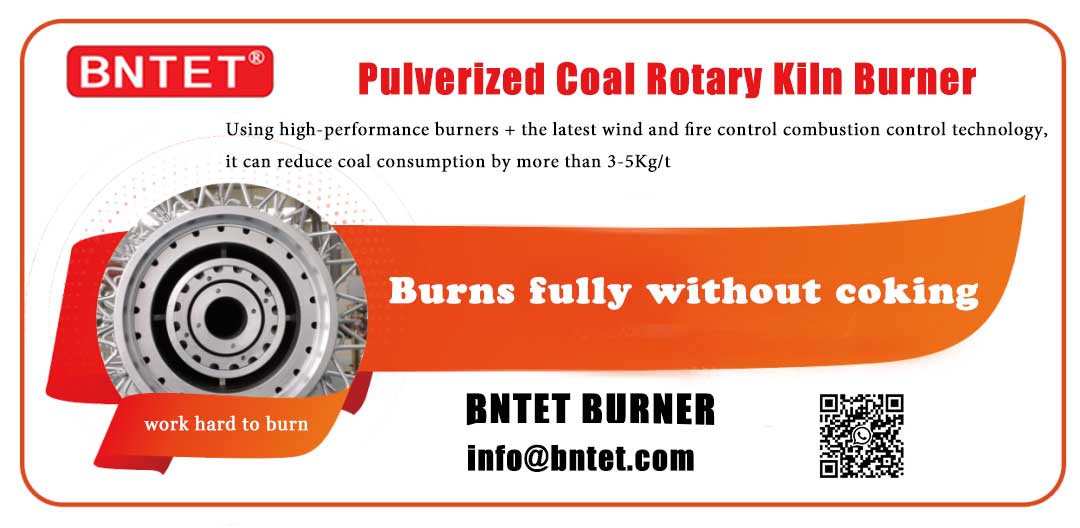
① Check whether the fixing bolts of each foundation and kiln body are loose.
② Check whether the meshing of the large and small gears is normal and whether the connecting bolts are loose.
③ Check whether the lubricating oil quality of transmission bearings, large and small gears, main and auxiliary reducers, and roller bearings (tiles) is good and whether the oil level is normal.
④ Check the transmission parts every hour, pay attention to whether the temperature, pressure and cooling water are normal, and whether there are any abnormal sounds. If vibration or heating occurs, deal with it in time.
⑤ Check the oil distribution of the supporting wheel once every hour to see if there are any scratches or grinding on the surface of the supporting wheel. If the kiln body moves up and down seriously, it should be adjusted in time.
⑥ Check the movement of the kiln body once every hour and record it truthfully. Each shift must ensure that the kiln body moves up and down twice, staying for 2 hours each time (it can be adjusted with oil or water).
⑦ Adjustment of supporting wheels: The lead wire method can be used to determine whether the axis of each set of supporting wheels is parallel to the center line of the kiln body and whether the pressure is consistent. When there is an excessive deviation, it can be adjusted appropriately (the pressure decreases away from the center of the cylinder, and on the contrary increases, so the adjustment should be done carefully). The principle is an equilateral triangle (60°).
⑧ Barrel movement adjustment: When the kiln barrel slides along the axis due to its own weight, all supporting wheels can be adjusted in the same direction from the direction of kiln rotation (usually loosen the top wire by about 1/3 turn). Yes), remember that a set of supporting wheels should be adjusted to a parallel state, and the "eight" shape is strictly prohibited.
⑨ Pay attention to whether the oil temperature of each supporting wheel bearing (tile) meets the requirements. The temperature rise of each bearing (tile) shall not exceed 40℃ and be lower than 65℃.
⑩ If the supporting wheel or bearing (tile) fails, the unloading should be stopped immediately, the kiln speed should be reduced, and the report should be reported to the relevant personnel.
⑪ Check whether the sealing condition of the kiln head and kiln tail is in good condition, whether the operation is safe and stable, whether there are any abnormal sounds, and whether there is any leakage or fire.
⑫ Pay attention to check the rotation stability of the kiln body and whether there is any abnormal vibration. The surface temperature of the kiln body should generally be below 350℃ and the maximum should not exceed 400℃. Observe the kiln barrel for signs of red kiln.
⑬ Pay attention to the relative movement between the wheel belt and the backing plate during operation, and whether there are any cracks in the welding seam of the backing plate.
⑭ If there is a sudden power outage when the rotary kiln is running, the auxiliary transmission device should be started, the unloading should be stopped immediately, the kiln speed should be reduced, and the kiln shutdown procedures should be followed.
⑮When the rotary kiln is operating normally, the clutch should be disconnected every other week and the auxiliary transmission facility should be started separately to check whether the auxiliary transmission is normal and ready for emergency use.
⑯ If red bricks fall out of the kiln, the kiln should be stopped immediately, pressing and repairing is strictly prohibited, and the kiln should be reported to the relevant leaders.
⑰ Check the fire every 15 minutes to observe the temperature in the kiln, the size of the incoming materials, the size of the material granules, the condition of the kiln skin, the ventilation status, whether there are any abnormalities in the flame of the coal injection pipe, whether there are any abnormalities in the coal nozzle, and whether the flame is eroding the kiln skin.
By doing the above details well, we can avoid most production link problems in our daily work.



